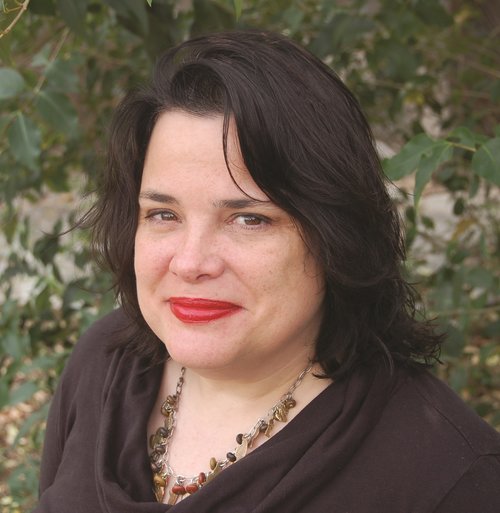Beginning to End – Mercy House: Author, Alena Dillon
Mercy House, Alena Dillon’s debut novel, centers on Sister Evelyn, a fierce, wise-cracking, and ultimately kind-hearted nun who helps run a small Brooklyn shelter for women fleeing from domestic violence. When Bishop Hawkins threatens to close the home, Evelyn fights to save Mercy House and protect its residents, a struggle which forces her to face abuse in her own past.























